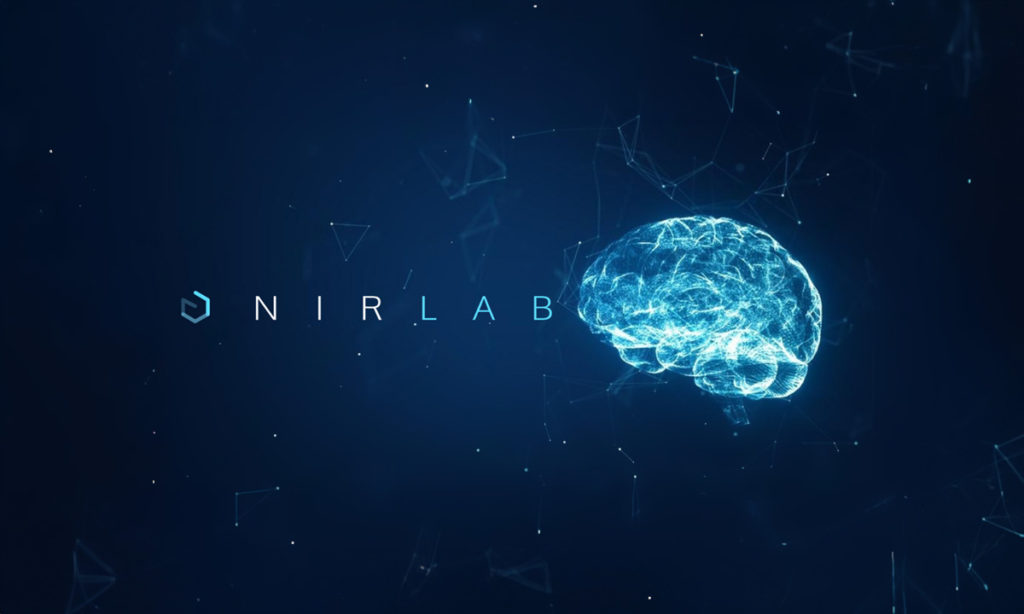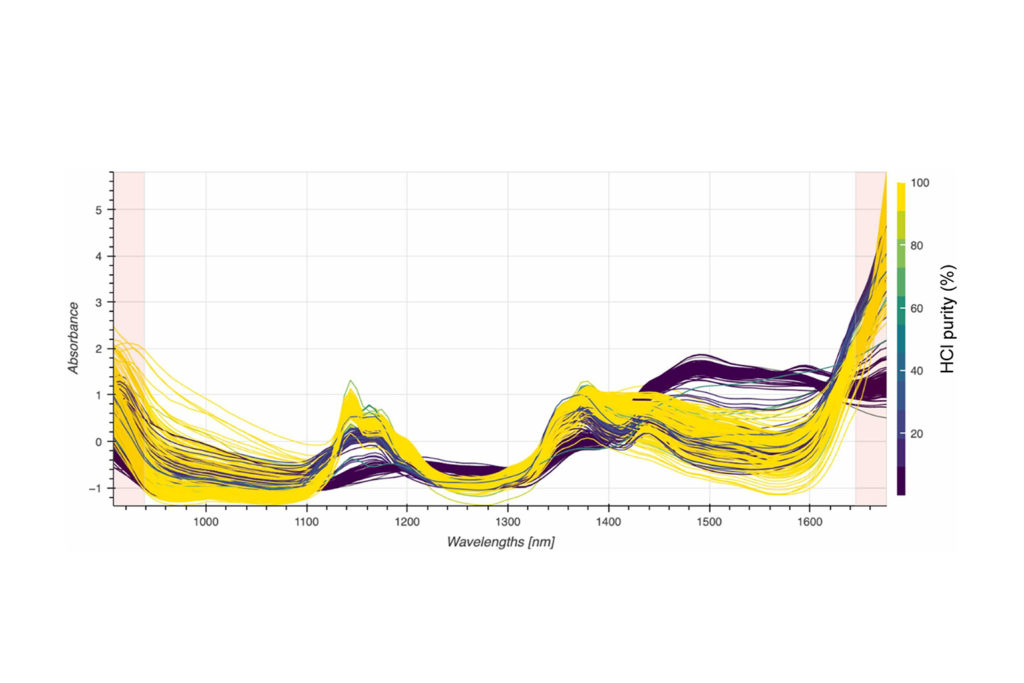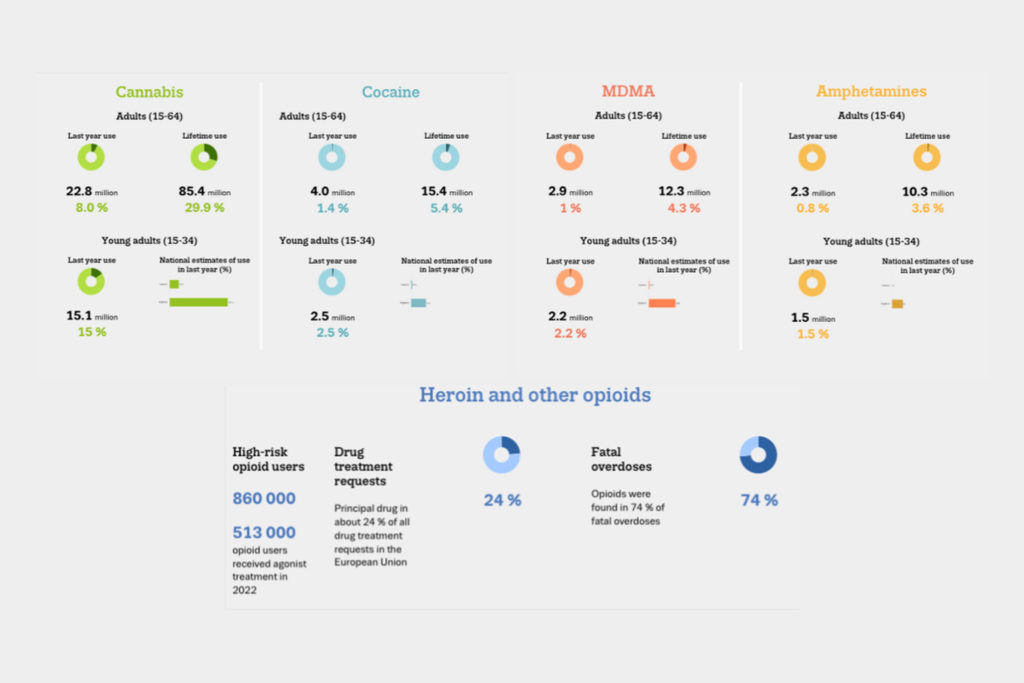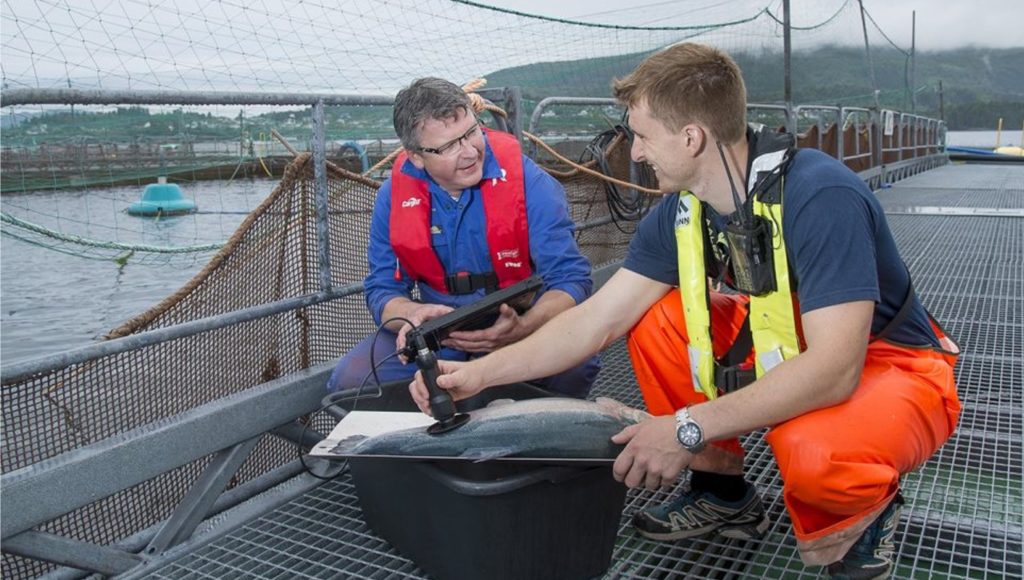
In the evolving landscape of spectroscopy applications, NIRLAB has established itself as a pioneer in the field. It extends its expertise to a variety of industries. Among its groundbreaking applications, the real-time analysis of fat levels in living fish, such as salmon, stands out. This serves as a testament to NIRLAB’s innovative approach and technological prowess. Additionally, this comprehensive blog post delves into the mechanics of how NIRLAB utilizes Near-Infrared (NIR) Spectroscopy for scanning living fish. It also explores the benefits of this approach and its implications for the aquaculture industry.
Introduction to Near IR Spectroscopy
Before exploring the specific case of scanning living fish, it is essential to understand the basics of Near IR Spectroscopy. Near infrared Spectroscopy is a non-destructive analytical technique that measures the absorption of near-infrared light by organic compounds. Furthermore, this method is highly valued for several reasons. It boasts rapid analysis capabilities, is non-invasive, and excels at providing detailed information about a sample’s chemical composition without altering its physical state. To discover more check out our blog post “The Science Behind NIR: How It Helps in Material Identification“
The NIRLAB Approach to Scanning Living Fish
NIRLAB’s groundbreaking application of Near-Infrared (NIR) Spectroscopy in scanning living fish, particularly salmon, embodies a significant leap forward in aquaculture technology. This non-invasive, real-time analytical technique extends well beyond merely quantifying fat content. NIRLAB’s method directs a beam of near-infrared light towards the fish and captures the reflected light spectrum. This approach provides a comprehensive profile of the fish’s biochemical composition. Moreover, it excels in discerning and quantifying numerous compounds within the fish’s tissue, each with its unique NIR light absorption pattern. This section aims to delve deeper into the multifaceted capabilities of NIRLAB’s NIR Spectroscopy application. This, by emphasizing its versatility in assessing various critical nutritional parameters.
Comprehensive Nutritional Profiling
The real strength of NIRLAB’s Near IR Spectroscopy lies in its capacity to measure a broad spectrum of nutritional and quality indicators within living fish:
- Fat Content: At the core of NIRLAB’s application is the precise measurement of fat levels. This plays a pivotal role in determining the energy value of fish. Hence, fat content analysis helps in optimizing feed efficiency and ensuring the desired energy balance for healthy growth.
- Pigment Concentration (in ppm): The technique precisely measures the pigment content, including astaxanthin and canthaxanthin, in parts per million (ppm). Additionally, these carotenoids are essential for salmon’s vibrant color, a key quality attribute affecting consumer preference and market value.
- Salmofan Score: Additionally, by employing Near Infrared Spectroscopy, NIRLAB can assess the Salmofan score. This is a standardized measure of salmon flesh coloration. This score is crucial for breeding decisions, feed formulation, and meeting market standards for salmon appearance.
- Moisture Content: Accurate assessment of moisture levels within the fish is essential for determining shelf life, texture, and weight. By measuring moisture content, NIRLAB’s Near Infrared Spectroscopy aids in ensuring product consistency and preventing dehydration or spoilage.
- EPA+DHA Concentrations: The device quantifies levels of essential omega-3 fatty acids, eicosapentaenoic acid (EPA), and docosahexaenoic acid (DHA). Hence, these metrics are critical for evaluating the nutritional profile of salmon, offering benefits for cardiovascular health and cognitive function in human diets.
- N6/N3 Ratio: The analysis extends to calculating the ratio of omega-6 to omega-3 fatty acids. This ratio is a significant dietary factor, with implications for inflammatory response and overall health. NIRLAB’s Near IR Spectroscopy ensures the optimal balance of these essential fatty acids, aligning with dietary recommendations and enhancing the health benefits of salmon.
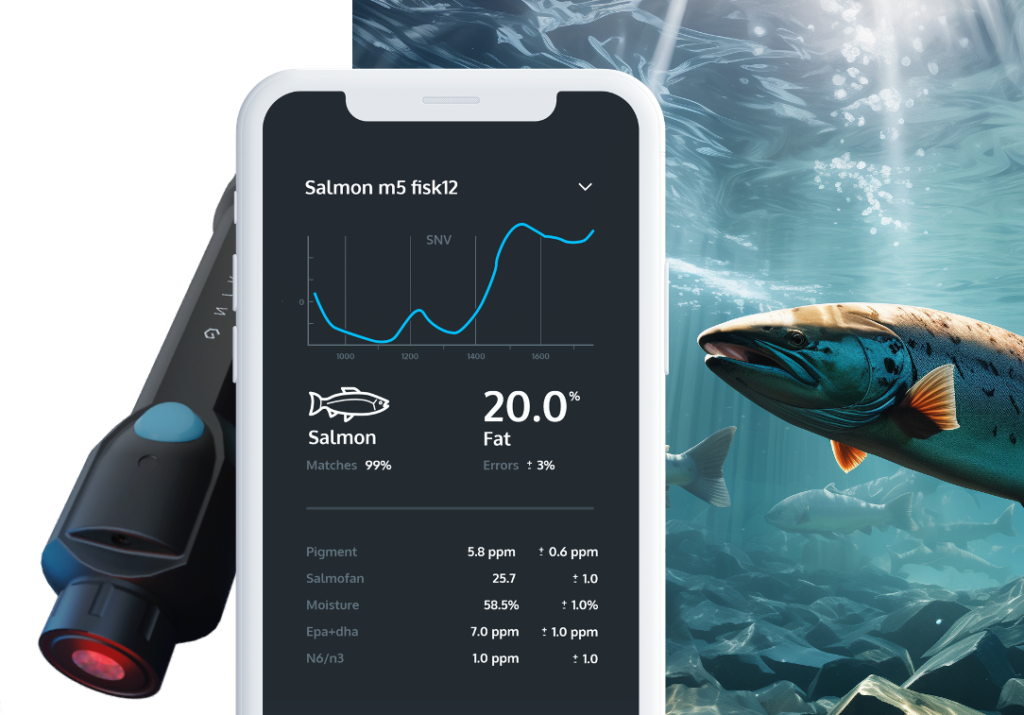
How is Scanning Living Fish Done
- Preparation and Handling: The fish are gently handled to ensure minimal stress, which is crucial for the accuracy of the measurements and the welfare of the fish.
- Scanning Process: A handheld Near Infrared device, optimized for non-invasive scanning, is used to direct Near IR light onto the fish. The device is carefully calibrated to account for the unique absorption properties of living tissue.
- Data Analysis: The reflected light is analyzed in real-time, using advanced algorithms and machine learning techniques to interpret the spectral data. Also, this analysis reveals the fat content within the fish, among other nutritional parameters.
Benefits of NIR Spectroscopy in Aquaculture
NIRLAB’s groundbreaking utilization of Near-Infrared Spectroscopy in monitoring live fish signifies a remarkable advancement in aquaculture. This pioneering approach harnesses the power of precision analytics. Hence, offering real-time, non-invasive insights into critical nutritional parameters, revolutionizing fish farming practices. Here’s how NIRLAB’s technology is transforming the industry:
- Non-Invasive Monitoring: Near Infrared Spectroscopy enables continuous, ethical monitoring of fish health and nutritional status. Additionally, it ensures the well-being of fish without causing harm. This information helps farmers adapt care and management practices to optimize fish health sustainably.
- Real-Time Analysis: NIRLAB’s technology provides instant measurements of key nutritional components like fat levels, pigment concentration, moisture, and essential fatty acids. This data empowers farmers to make immediate decisions on feeding strategies and harvest timing, guaranteeing the highest product quality.
- Improved Feed Efficiency: Real-time insights into fish nutritional needs allow for precise adjustments in feed formulations and schedules. This minimizes waste and enhances the sustainability of aquaculture operations, promoting healthier growth and efficiency.
- Quality Control and Product Differentiation: Near IR Spectroscopy’s precise measurements ensure consistent product quality. It also enables producers to tailor their products to meet specific market demands, gaining a competitive edge.
- Economic Benefits: Optimized feeding and improved product quality translate to higher yields and better market prices, enhancing profitability for aquaculture operations. Also, NIRLAB’s precision analytics prove the economic viability of this technology in aquaculture practices.
Implications for the Aquaculture Industry
NIRLAB’s application of Near IR Spectroscopy in scanning living fish represents a significant advancement for the aquaculture industry. Additionally, it exemplifies how cutting-edge technology can address traditional challenges, from improving fish health and environmental sustainability to meeting the growing demand for high-quality seafood.
- Sustainability: As the global demand for fish continues to rise, sustainable practices are more important than ever. NIRLAB’s technology contributes to reducing the environmental impact of fish farming by optimizing resource use.
- Consumer Trust: The ability to ensure and demonstrate the nutritional quality of fish strengthens consumer confidence in aquaculture products, fostering a positive perception of the industry.
- Research and Development: This innovative application opens new avenues for research, including studies on fish health, nutrition, and genetics, contributing to the ongoing evolution of aquaculture practices.
Conclusion
In conclusion, NIRLAB’s pioneering use of Near-Infrared Spectroscopy in scanning living fish, particularly salmon, represents a remarkable advancement in aquaculture technology. This technology, which offers real-time, non-invasive insights into critical nutritional parameters, has the potential to revolutionize the fish farming industry.
By providing a comprehensive profile of the fish’s biochemical composition, NIRLAB’s approach goes beyond merely quantifying fat content. It enables precise monitoring of various nutritional factors such as pigment concentration, moisture content, essential fatty acids, and more. This comprehensive nutritional profiling facilitates better control over feeding strategies, product quality, and overall sustainability in aquaculture operations.
The benefits of NIR Spectroscopy in aquaculture are manifold, including ethical and continuous monitoring of fish health, real-time analysis for informed decision-making, improved feed efficiency, quality control, and product differentiation. These advantages contribute to enhanced profitability while ensuring the welfare of the fish and minimizing environmental impact.
NIRLAB’s application of this technology not only addresses traditional challenges in the aquaculture industry but also holds promise for sustainability, consumer trust, and furthering research and development efforts. As the global demand for high-quality seafood continues to grow, NIRLAB’s innovative approach exemplifies how advanced technology can support the industry’s evolution, making it more efficient, sustainable, and responsive to consumer needs.
To explore more about spectroscopy and discover the full capabilities of NIRLAB’s technology, we invite you to read our other informative articles, here. For personalized inquiries, please don’t hesitate to reach out to us at contact@nirlab.com.
NIRLAB // Just Truth
